In the AI Era, Why We’re Rewriting the Rules Engine — The QLExpress4 Refactoring Journey
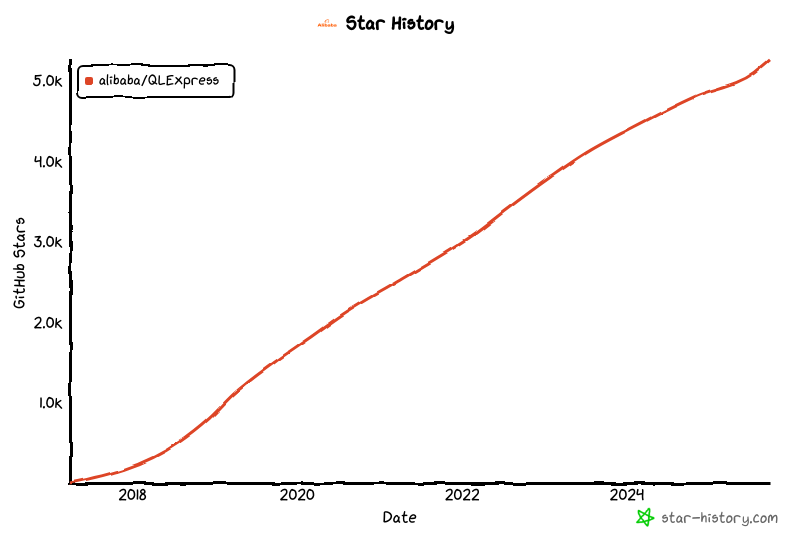
AliMei Guide — QLExpress4 in the AI Era
---
Introduction
In the AI era, demand for rule engines has grown stronger than ever.
QLExpress4 is a major refactor — delivering huge performance boosts, better observability, and making it AI-friendly.
---
Why Still Build Rule Engines in the AI Age?
One day, a friend asked:
> "It's already the AI era — why are you still working on rule engines?"
QLExpress is a Java-based embedded scripting engine with Java-like syntax. It’s lightweight, easy to integrate, and highly flexible — making it popular for business rule scenarios.
Reason 1: Open-source commitment. QLExpress has been part of the community for years — we can’t abandon it casually.
Reason 2: Developer demand is still growing. Since 2022, project stars have more than doubled.
QLExpress4 is the largest refactor since open-sourcing, with nearly every line rewritten. The refactor was led by:
- Me (former DingTalk, now iOrange)
- Xiao A (former Supply Chain Platform, now Taotian)
- Xiao B (former Alimama)
---

---
The Need for a Rewrite
The old codebase was patchworked for nearly a decade, accumulating 300+ hard-to-fix issues while parsing and VM tech evolved.
We decided to stop patching and rewrite it completely.
---
What’s New in QLExpress4
- Performance
- Compilation: ~10× faster
- Execution: ~2× faster
- Developer & AI Experience
- Token-level error hints
- Native JSON syntax support
- Easy string operations
- Expression tracing for deep debugging & observability
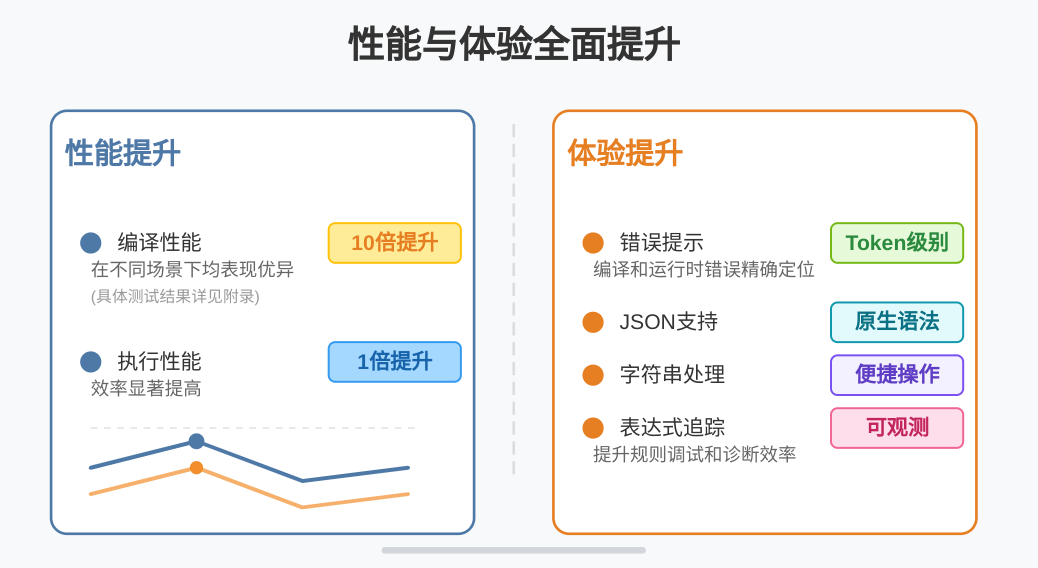
---
Feature Scenarios
Below are real-world use cases of QLExpress4 (latest 4.0.3) in large-scale deployments.
---
Rule Attribution Clustering — Taotian Group
Challenge:
Business staff write rules without visibility into real-time execution outcomes. For example, in
`isVip && not logged in for 10+ days`:
- How many are blocked by VIP condition?
- How many by login time condition?
Solution:
QLExpress4’s expression tracing records values for all intermediate steps, enabling attribution analysis for diagnosis and optimization.
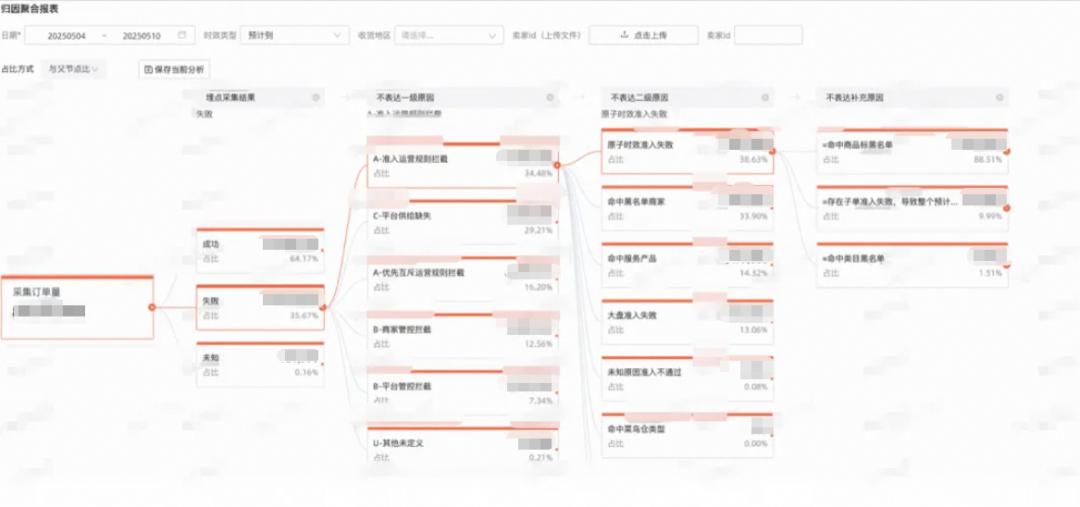
See Docs: [Expression Calculation Tracing][1]
---
Dynamic Model Mapping — DingTalk
QLExpress4’s native JSON syntax allows quick creation of complex Java objects directly in scripts.
Example: JSON Lists & Maps
list = [
{ "name": "Li", "age": 10 },
{ "name": "Wang", "age": 15 }
]
assert(list[0].age == [10, 15])Example: Complex Nested Java Object
myHome = {
'@class': 'com.alibaba.qlexpress4.inport.MyHome',
'sofa': 'a-sofa',
'chair': 'b-chair',
'myDesk': {
'book1': 'The Moon and Sixpence',
'@class': 'com.alibaba.qlexpress4.inport.MyDesk'
}
}
assert(myHome.sofa == 'a-sofa')📄 Docs: [Convenient Syntax Elements][2]
---
AI-Friendly Design
Initially titled “Experience Improvements,” this section was renamed AI-Friendly — many rules are now AI-generated rather than manually written.
Expression Tracing Tree Example:
|| true
/ \
! false myTest true
/ / \
true a 10 11📄 Docs: [Expression Calculation Tracing][1]
Benefit:
AI models can debug & diagnose rules more effectively using intermediate results.
We also provide qlexpress-mcp [3] example integrations.
---
Performance Optimizations
Benchmark Summary
- Compile cache off: ~10× faster than v3
- Compile cache on: ~2× faster than v3
Scenarios:
| Scenario | Focus Area | Chart |
|-------------------------|---------------|----------------------------------------|
| Long Script | Compile Perf |
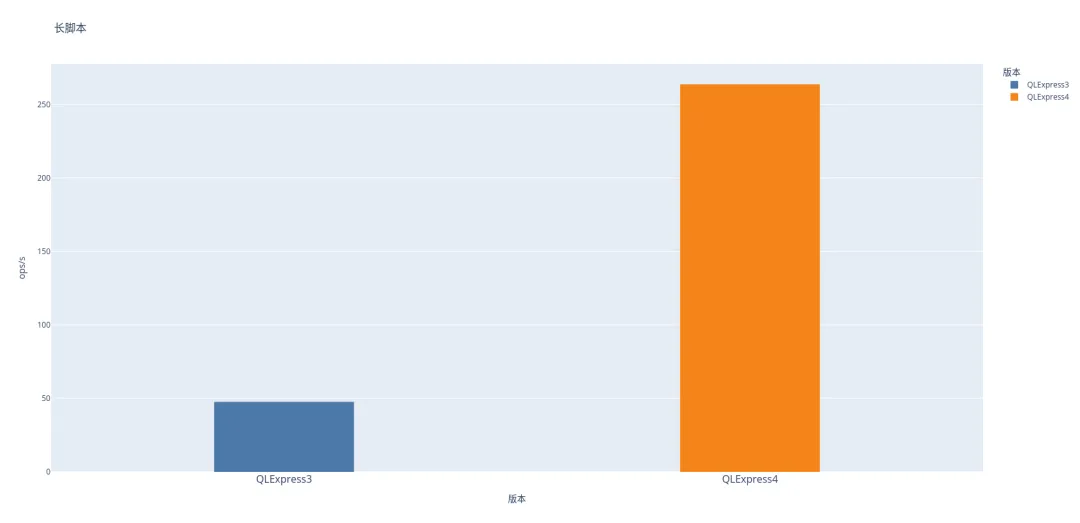
|
| Simple Calc (Cache On) | Execution Perf|
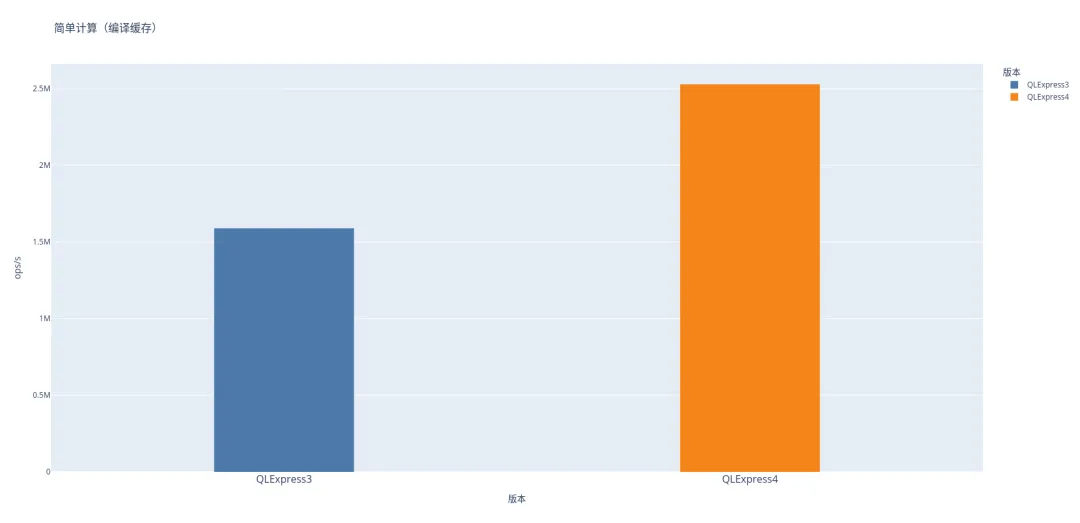
|
| Fibonacci Sequence | Recursion Perf|
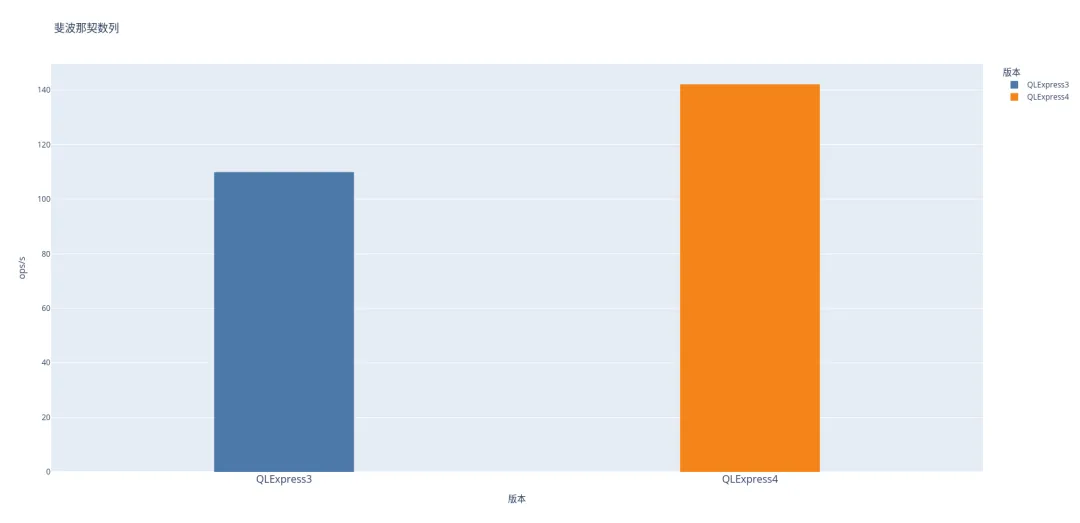
|
---
Online RT Tests (Taotian Timeliness):
| Scenario | Throughput | Success% | RT | Screenshot |
|-----------------|--------------|----------|------|--------------------------------------|
| Product Details | 4M/s | 99.9999% | <40µs|
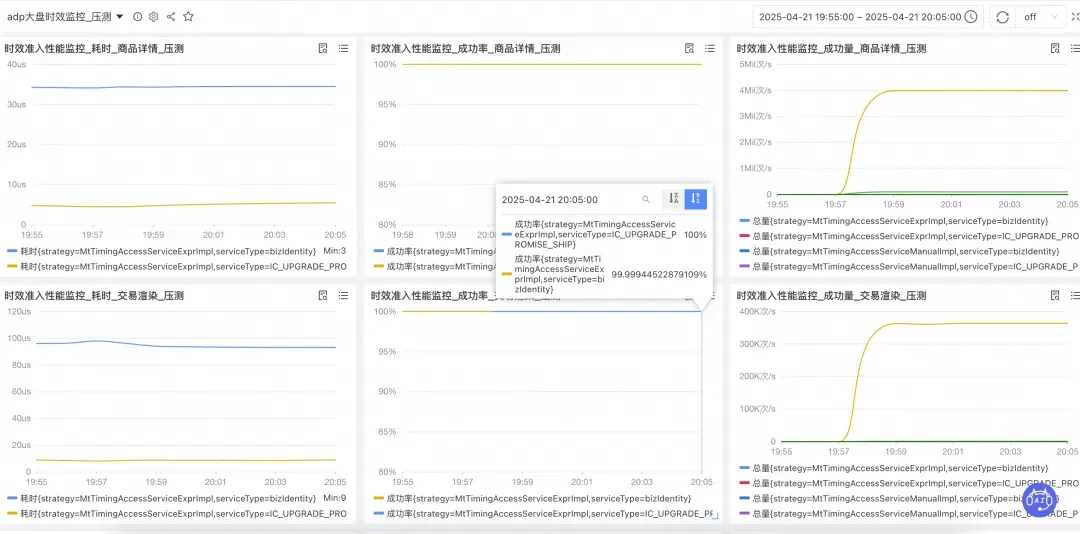
|
| Order Rendering | 364k/s | 99.999% | <100µs|
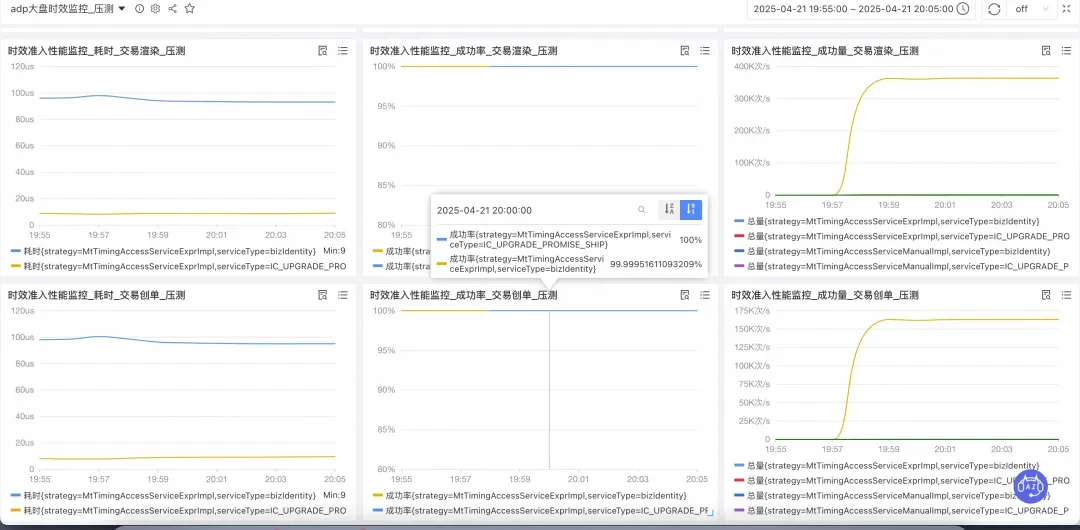
|
| Transaction Create | 163k/s | — | — | — |
---
Pipeline Improvements
QLExpress scripts execute in 2 phases:
Compilation → Execution

Compilation Pipeline
- Replaced custom parser with Antlr4
- Antlr4 uses ALL algorithm with DFA caching
- Pre-initializes common paths to reduce first-run penalty
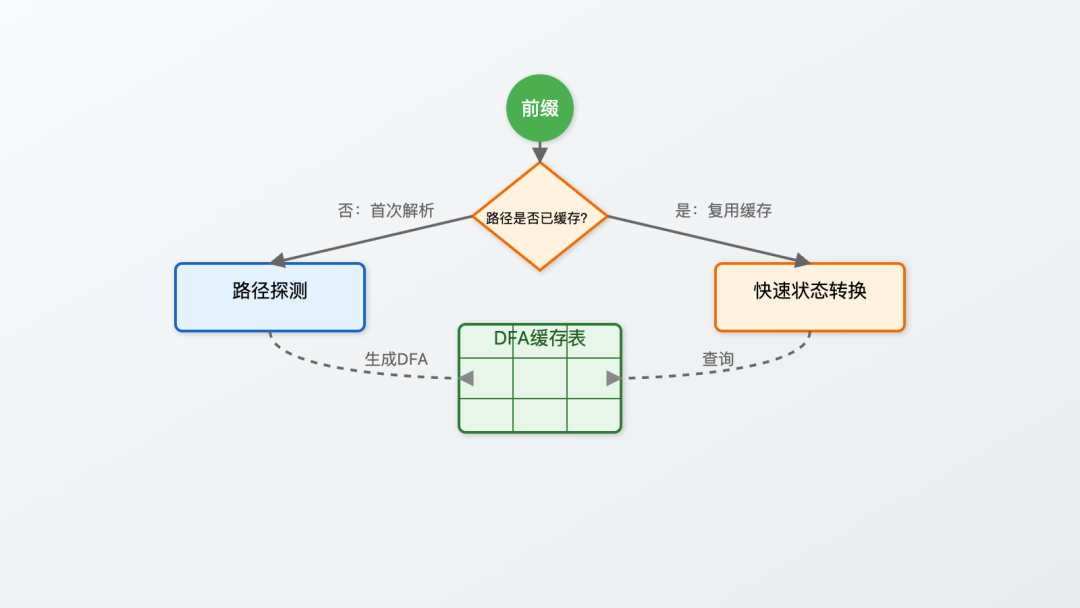
Execution Pipeline
- Optimized timeout checks
- Reduced instruction count: complex instructions replace multiple small ones → better speed & lower memory use
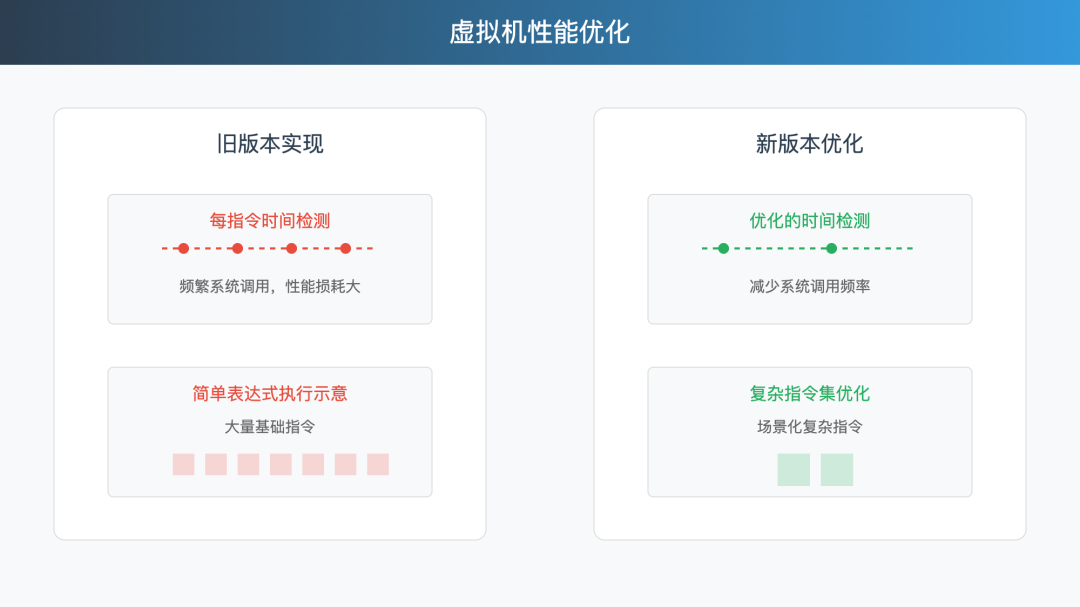
---
Test Cases & Documentation Engineering
Unit tests are essential — structured by feature in `src/test/resources/testsuite`.
Example:
- Feature: `array`
- Test file: `array_index_out_of_bound.ql`
- 📊 Coverage: 77% lines, 100% scenarios

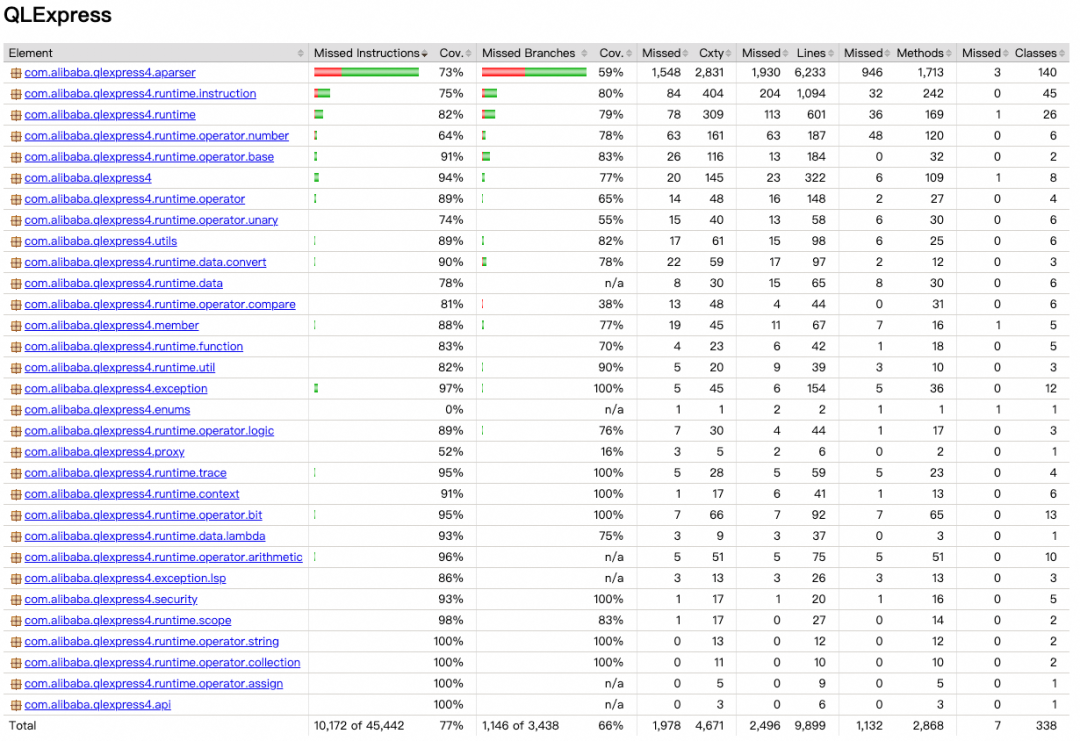
---
Using AsciiDoc for Docs
Instead of Markdown, we use AsciiDoc (`adoc`) for its ability to include snippets directly from source code.
Example: Tag in Java Test
// tag::firstQl[]
Express4Runner express4Runner = new Express4Runner(InitOptions.DEFAULT_OPTIONS);
Map context = new HashMap<>();
context.put("a", 1);
context.put("b", 2);
context.put("c", 3);
Object result = express4Runner.execute("a + b * c", context, QLOptions.DEFAULT_OPTIONS);
assertEquals(7, result);
// end::firstQl[]Include in AsciiDoc
include::./src/test/java/com/alibaba/qlexpress4/Express4RunnerTest.java[tag=firstQl]---
Problem: GitHub does not render `include` syntax.
Solution: Use GitHub Actions to preprocess.
Example Workflow: [reduce-adoc.yml][7]
name: Reduce Adoc
on:
push:
paths:
- README-source.adoc
jobs:
build:
runs-on: ubuntu-latest
steps:
- uses: actions/checkout@v3
- run: sudo gem install asciidoctor-reducer
- run: asciidoctor-reducer -o README.adoc README-source.adoc
- uses: EndBug/add-and-commit@v9
with:
add: README.adoc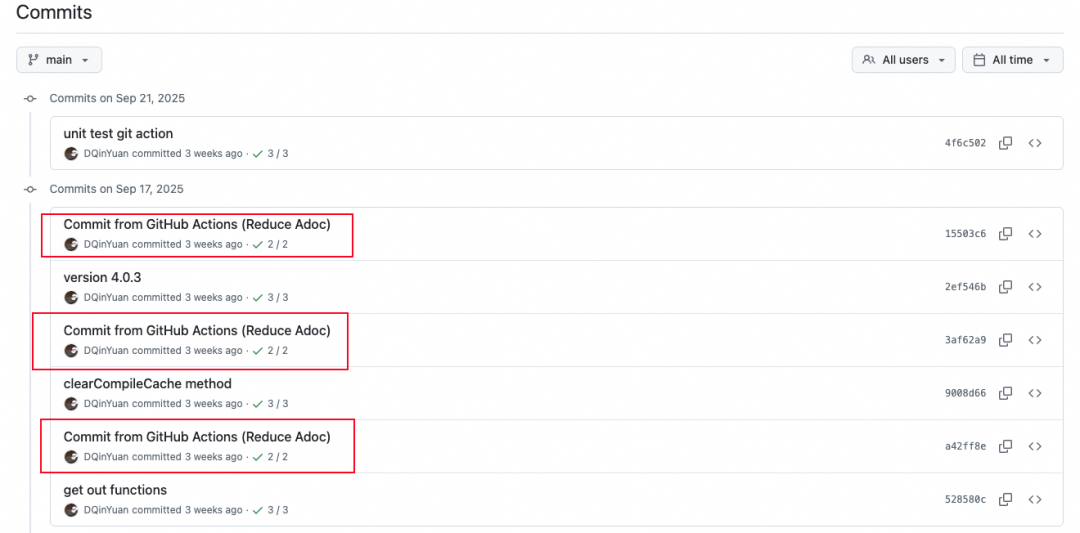
---
Appendix
- Repo: https://github.com/alibaba/QLExpress
- Docs: [Expression Calculation Tracing][1], [Convenient Syntax Elements][2]
- Related: AiToEarn官网 — AI content generation, multi-platform publishing, monetization
[1]: https://github.com/alibaba/QLExpress?tab=readme-ov-file#表达式计算追踪-1
[2]: https://github.com/alibaba/QLExpress?tab=readme-ov-file#方便语法元素
[3]: https://github.com/DQinYuan/qlexpress-mcp
[7]: https://github.com/alibaba/QLExpress/blob/main/.github/workflows/reduce-adoc.yml
---
This rewrite groups related ideas into sections, improves clarity with headings and bullet points, and uses bold emphasis for key concepts so developers can quickly scan QLExpress4’s capabilities.




